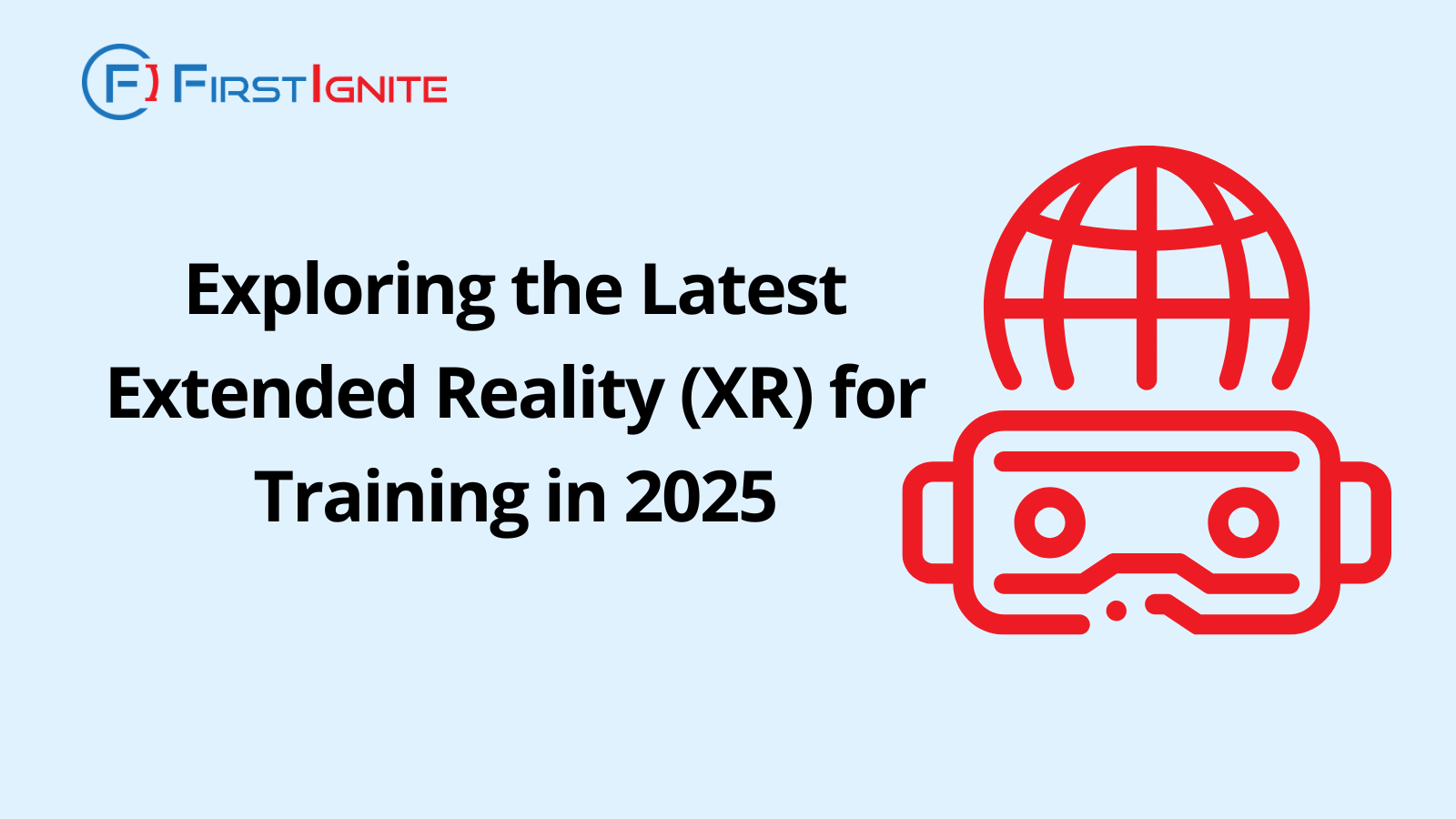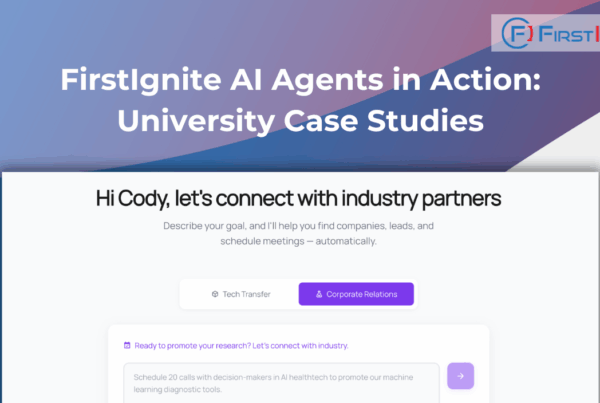
As we look towards the future of education and training, one technology that has been gaining significant traction is Extended Reality (XR). XR is an umbrella term that encompasses Virtual Reality (VR), Augmented Reality (AR), and Mixed Reality (MR), all of which have the potential to revolutionize the way we learn and acquire new skills.
The benefits of XR training solutions
XR training solutions are transformative for education and professional development, offering key benefits such as increased engagement and retention through interactive, immersive environments. They provide safe, risk-free practice opportunities, especially valuable in fields like healthcare and aviation. Cost-effective and scalable, XR training eliminates logistical expenses and can be tailored to individual learning styles. Additionally, these technologies enhance remote collaboration, allowing learners to connect and share knowledge from anywhere.
The latest XR technology for training in 2025
As we look towards 2025, the advancements in XR technology are expected to be truly remarkable. Here are some of the latest XR technologies that will shape the future of training:
- Photorealistic VR: The development of high-resolution displays, advanced rendering techniques, and more powerful hardware will result in VR experiences that are virtually indistinguishable from reality, providing an even more immersive and realistic training environment.
- Haptic Feedback: Haptic technology, which simulates the sense of touch, will become more advanced and integrated into XR training solutions. This will allow learners to physically interact with virtual objects, further enhancing the realism and effectiveness of the training.
- Gaze-based Interaction: Eye-tracking technology will enable more intuitive and natural interaction within XR environments, allowing learners to control and navigate the virtual world using their gaze.
- Multimodal Interaction: The integration of voice commands, gesture recognition, and other natural interaction methods will make XR training more seamless and user-friendly.
- Artificial Intelligence (AI) and Machine Learning (ML): AI and ML will play a crucial role in personalizing XR training experiences, adapting the content and difficulty level to each learner’s needs and progress.
Virtual Reality (VR) in education in 2025
VR is set to significantly impact education and training by 2025, with solutions becoming increasingly widespread in key areas. Immersive simulations will allow learners to master complex skills in safe environments, benefiting fields like medicine and engineering. Virtual field trips will enable exploration of remote locations and cultures without physical travel. Additionally, VR will enhance collaborative learning by facilitating teamwork in virtual classrooms and provide personalized training experiences through AI and ML. Finally, by engaging learners on emotional and sensory levels, VR will create memorable experiences that improve knowledge retention.
XR training advancements from universities
Universities worldwide are advancing XR training solutions, exemplified by Indiana University’s Educational Innovation through Extended Reality Initiative (XRI), launched in 2021 to promote innovative teaching with XR technologies like Oculus Quest and MERGE Cubes. A key 2024 project within this initiative focuses on integrating XR into music technology education, fostering deeper connections between students and XR through enhanced curricula in music production and performance. Similarly, Notre Dame’s XR for Learning Working Group explores XR’s potential in education, offering support for designing immersive learning experiences and evaluating their effectiveness. Together, these efforts create engaging educational environments that prepare students for a future where digital and physical realities increasingly converge.
Augmented Reality (AR) training applications
While VR has garnered significant attention in training, Augmented Reality (AR) holds immense potential for enhancing learning and skill development. By 2025, we can expect various AR training applications, including real-time contextual guidance that overlays information onto the physical environment, enabling remote collaboration and mentoring for instant expert feedback. AR will also improve visualization of complex concepts and structures, facilitate gamified training experiences for increased engagement, and provide crucial support for maintenance and repair tasks through step-by-step instructions directly on the equipment.
Conclusion: The impact of XR training on the future of education and training
As we have explored, the advancements in XR technology will have a profound impact on the future of education and training. The benefits of XR training, such as increased engagement, improved safety, and personalized learning experiences, will make it an increasingly attractive option for educational institutions, corporate training programs, and individual learners alike. As we look towards the future, it’s clear that XR training will play a crucial role in shaping the educational landscape.




